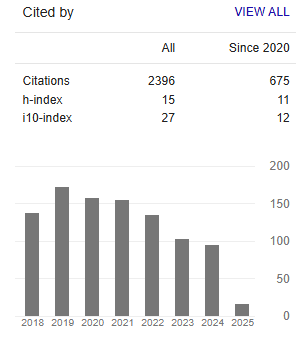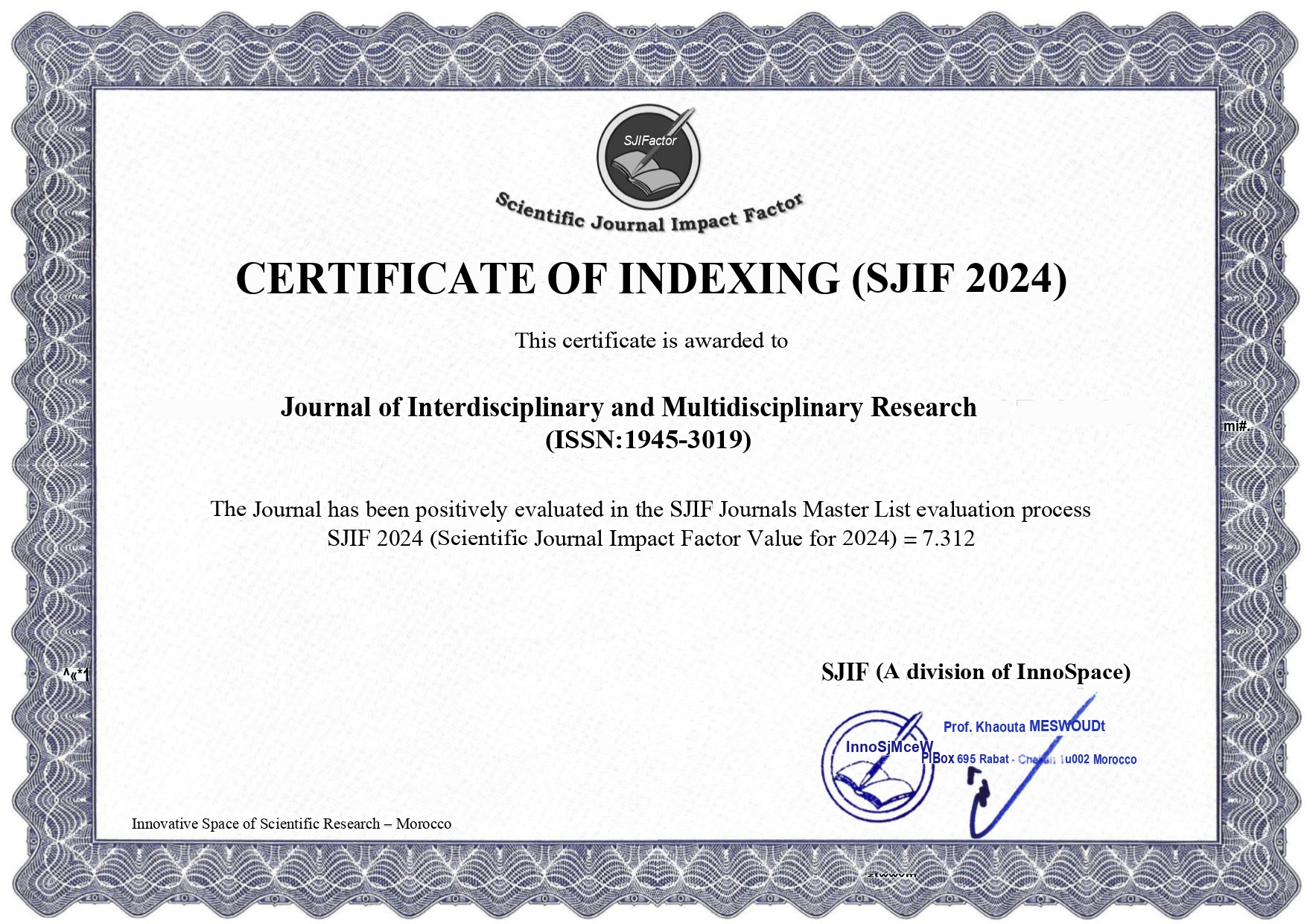Acute pancreatitis: Role of imaging modalities
Keywords:
Acute Pancreatitis, Ultrasound, CT Scan, Diagnostic ImagingAbstract
The combination of appropriate clinical findings and laboratory tests permit an accurate diagnosis of acute pancreatitis in most patients. Cross-sectional imaging with ultrasound and CT has afforded rapid, accurate and noninvasive evaluation of the pancreas. Ultrasound provided the first reliable, reproducible, cross-sectional view of pancreatic anatomy. However, it has limitations in obese patients and in those with large amounts of bowel gas. CT offers a diagnostic method that does not have these limitations. But CT is expensive, exposes patients to ionizing radiation, and has difficulty in defining tissue planes in lean patients. A prospective observational study was carried out at Department of Surgery of NIMS Medical College and Hospital, Jaipur from October 2012 to Septembet 2014. The objective of the study was to assess the severity of acute pancreatitis based on findings of ultrasound and CT scan. A cconvenience type of non-probability sampling was used for the selection of study subjects. All the subjects with acute pancreatitis fulfilling the inclusion and exclusion criteria were included in the study after taking prior informed consent. Wherever required sonographic study was done using Philips Envisor Doppler machine by a linear 3 - 12 MHz probe and a curvilinear 3 - 5 MHz probe. The CT study was done within 3 to 4 days of admission using a Toshiba AestionT 10mm sections throughout the abdomen and 5 mm section throughout the pancreas. USG was carried out in 27 patients out of 30 (90%) and pancreas was visualised in 20 of them (74%) of which 55% showed bulky pancreas while contracted pancreas was observed in 1 patient. Half of these patients showed hypoechocity while calcification, ductal dilatation and focal lesions were observed in 1 patient each. MRI was carried out in 18 patients out of 30 (60%) and pancreas was visualised in all of them. Bulky pancreas was observed in 88.9% patients (16/18 patients) while calcification, ductal dilatation and focal lesions were observed in 1, 2 and 2 patients respectively. Most of the patients (28/30) were managed by conservative methods while surgery was required in 1 case each of biliary pancreatitis and trauma . It was concluded that ultrasonography should be the initial investigation supplemented by CT wherever required, which is confirmative investigation in diagnosing and staging of acute pancreatitis.Published
2025-02-09
Issue
Section
Articles






